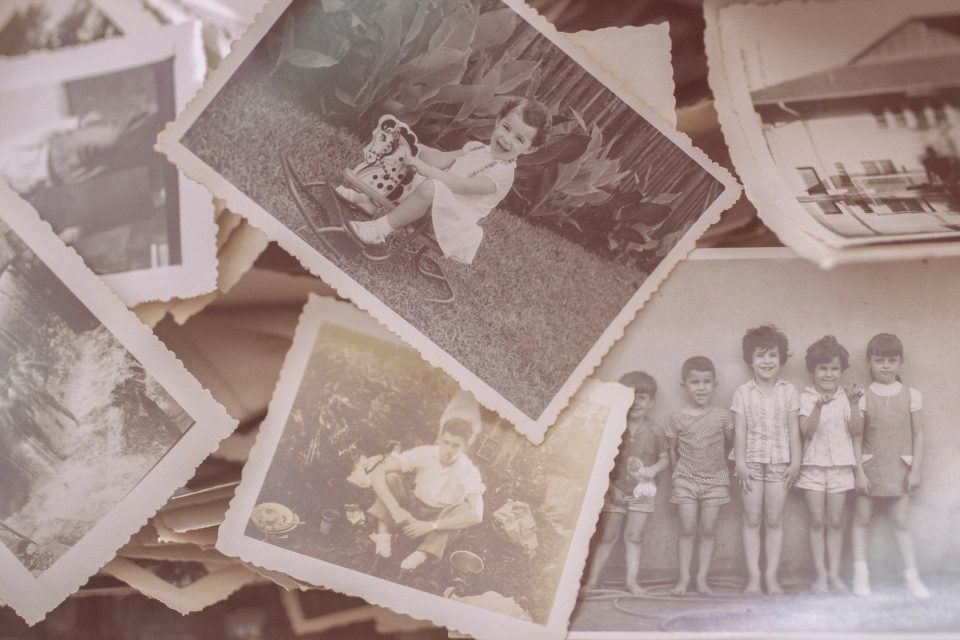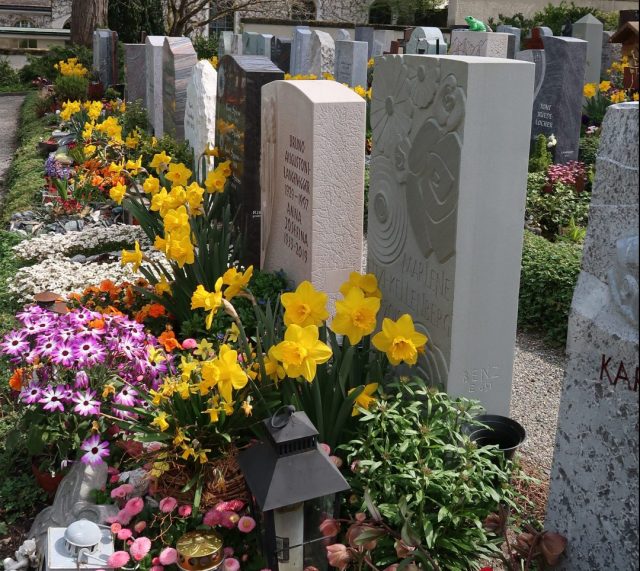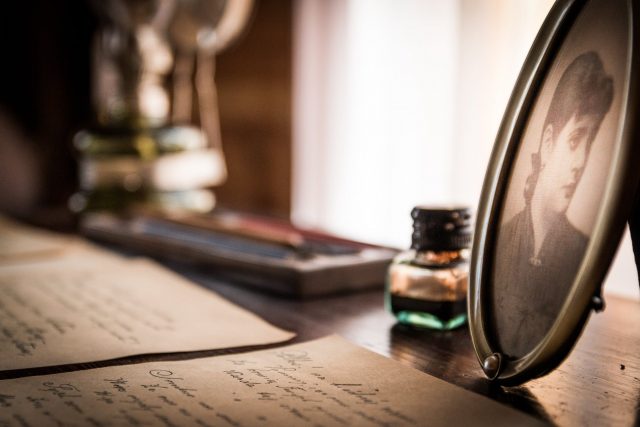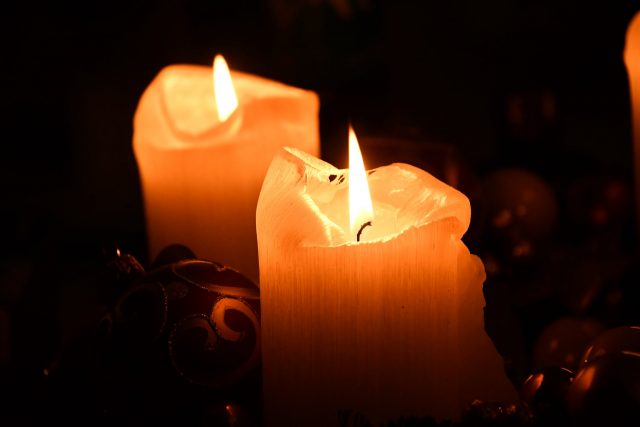When my father’s health began failing, my mind went to work on how my father could be remembered. He had diabetes and generally didn’t take good care of himself, so I would not have been surprised upon receiving the news of his death. In fact, ten years before he died, he and I went on a trip through Texas and Arkansas, one which I thought would be our last together. This ten year interval gave me plenty of time to think about how he should be remembered. It gave me time to create his memorial, based on notes and reflections I had made.
After my dad’s memorial was published, I felt good about creating something from my dad’s life, and from his death, that would live forever, or at least potentially, for the rest of my life. Those of faith believe that there will be a reunion in heaven, after we die. Well, my dad’s memorial helps keep his memory alive so that I miss him less, until we meet again. With his memorial, my dad is in a sense still here with me. He had such an influence on my life, it was difficult for me to conceive of a life without his presence.
I suppose we do something similar when someone we love leaves us for a long period of time. We draw from our memories of them, looking at pictures on the refrigerator or framed on the living room end table. We see things that belonged to them and these things give us comfort as we look forward to a reunion. I think this is fundamentally why we create a memorial.
There are also more practical reasons to create a memorial. The mere fact that a memorial mentions the ailments that your loved one had, it’s a record that may help their (or your) prodigy understand what they may have to deal with when they get older.
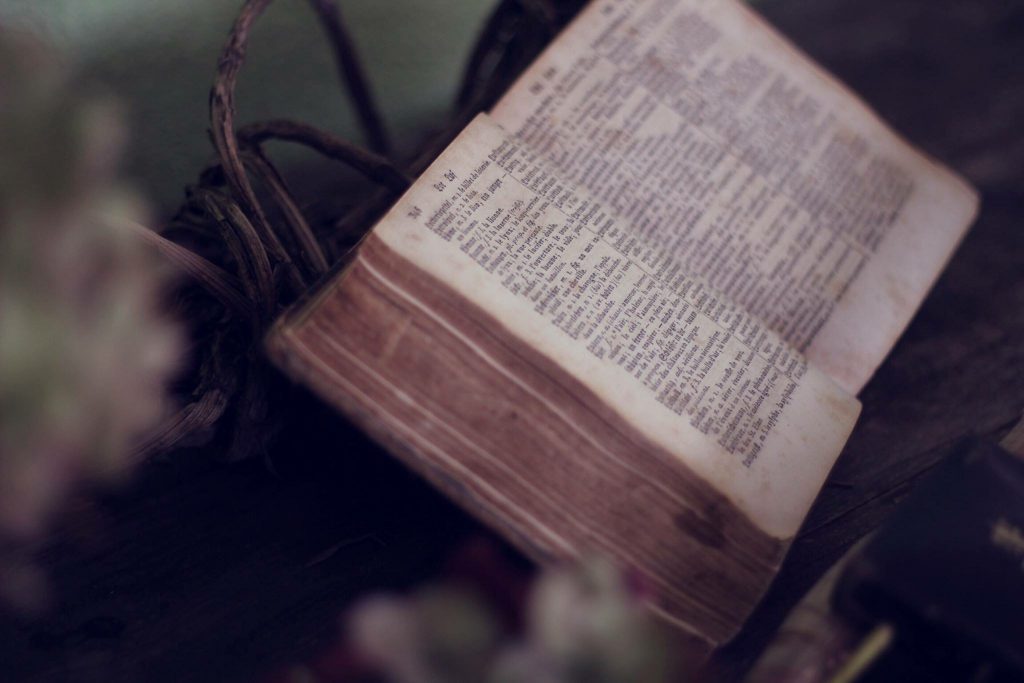
Beyond this, perhaps I am thinking about my own life. If I don’t remember my dad in some concrete way, how can I expect my children to remember me? Also, a memorial can be a very beautiful thing, like a book of life, a book well written and the preparation of the memorial very therapeutic, a healing part of the grieving process.

